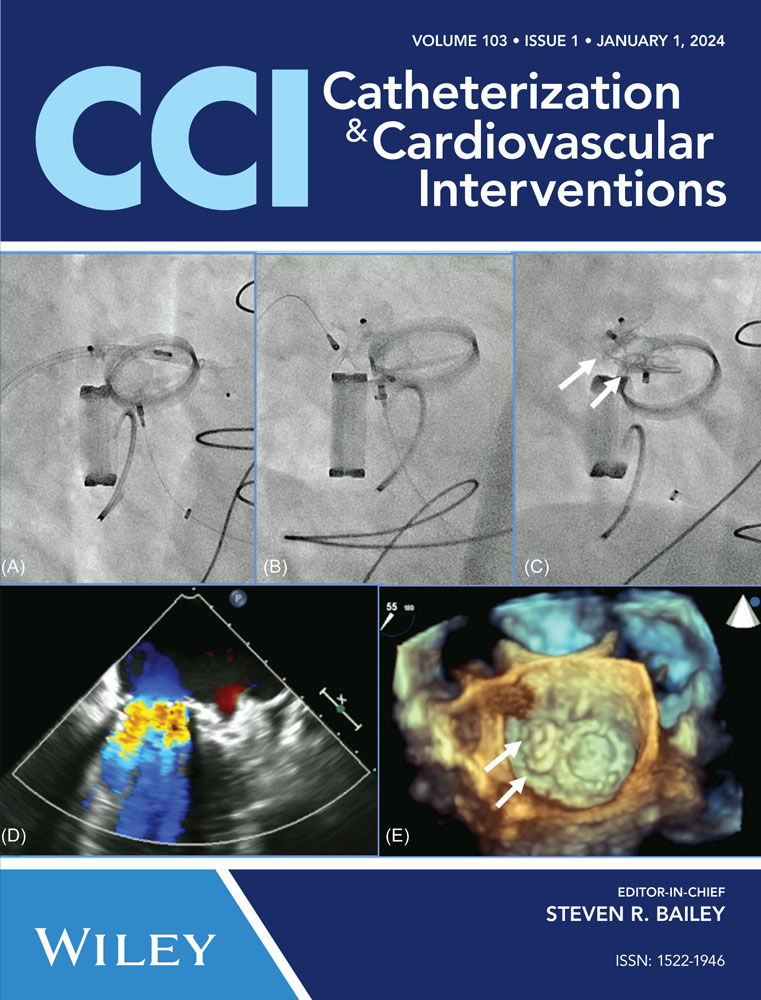Technical aspects of entrapped coronary guidewire retrieval using rotational atherectomy device: A case series
Abstract
Background
This article highlights four unique cases where rotational atherectomy (RA Rotapro, Boston Scientific) was used to cut and retrieve an entrapped coronary guidewire with parts extending into the aorta We discuss the technique and step by step approach to the retrieval procedure.
Case Summary
Three of four cases described a guide wire entrapment in the right coronary artery (RCA), and one in the left anterior descending artery via retrograde route. In all cases the guide wire was intact within the intracoronary segment. In Case 1, the guide wire (Runthrough; Terumo) was entrapped in an acute marginal branch during chronic total occlusion (CTO) percutaneous coronary intervention. In Case 2, a whisper wire (Abbott) was entrapped during re-wiring of the right posterolateral branch through stent struts, the traction on the wire caused severe malformation of distal and proximal stents requiring second staged procedure to complete revascularization of the RCA CTO. In Case 3, a Runthrough wire was entrapped between two layers of stents and fractured at the proximal point with filaments extending into descending aorta. And in Case 4, a Pilot 200 (Abbott) wire was entrapped retrograde in the subintimal space via saphenous vein graft connection by tying a knot at the distal tip of the wire. In all four cases RA was used to successfully cut and remove the entrapped guide wires.
Discussion
Rotablation technique appears to be a safe and effective strategy for the management of entrapped coronary guidewire when conventional strategies fail.
CONFLICT OF INTEREST STATEMENT
The authors declare no conflicts of interest.
Open Research
DATA AVAILABILITY STATEMENT
The data that support the findings of this study are available from the corresponding author upon reasonable request.




